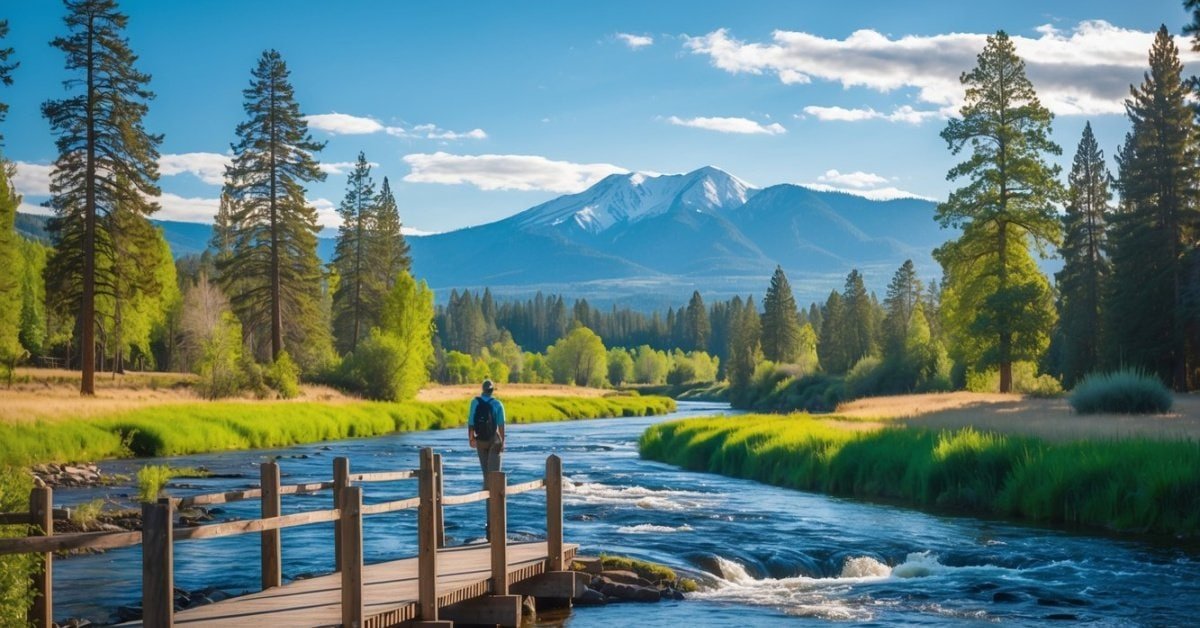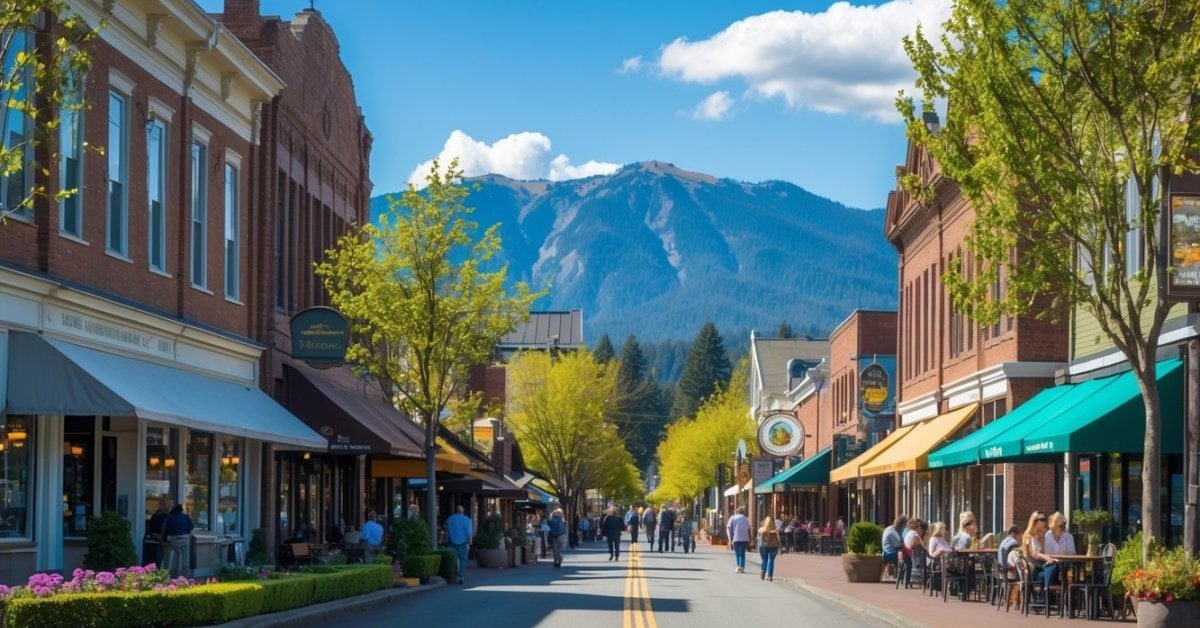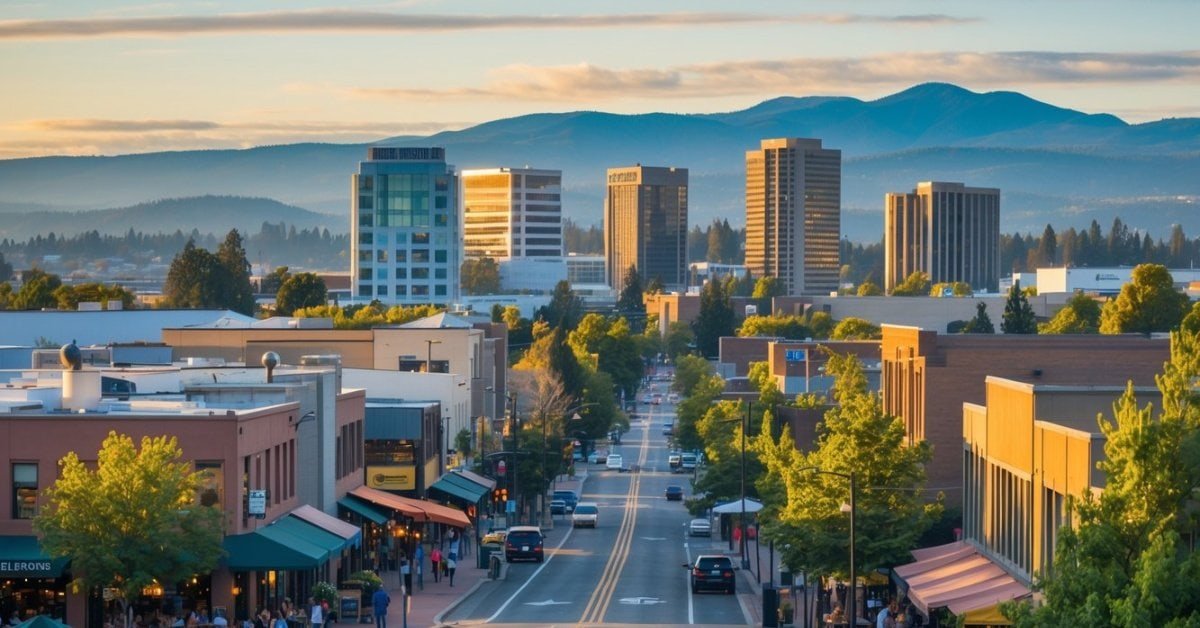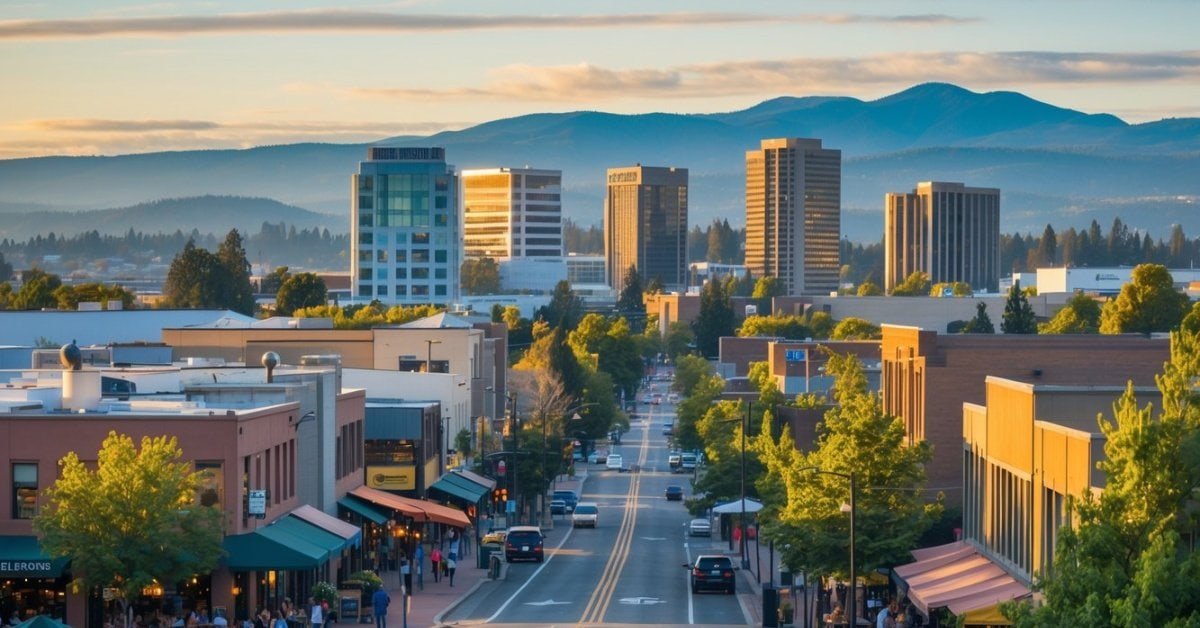Whenever I stroll through my neighborhood in Oregon I can’t help but notice the vibrant patches of green tucked between city blocks. These aren’t just pretty spaces—they’re thriving community gardens where neighbors come together to grow food and friendships. It’s amazing how a few raised beds can transform a concrete corner into a place buzzing with life.
Urban farming in Oregon isn’t just about fresh tomatoes or crisp lettuce. It’s about creating a sense of belonging and giving everyone a chance to dig in the dirt. I love seeing how these gardens bring people from all walks of life together and make our cities feel a little more like home.
The Rise of Urban Farming in Oregon
Urban farming in Oregon gained traction in the late 2000s when local food movements expanded across Portland, Eugene, and Salem. Community organizations started reclaiming vacant lots for food production. I’ve watched old industrial blocks transform into thriving gardens with kale, tomatoes, and berries, especially in North and Southeast Portland.
Cities partnered with nonprofit groups like Growing Gardens and Portland Community Gardens to convert city land for public food cultivation. These groups deployed educational workshops, installed raised beds, and organized seasonal planting events. Demand for gardening plots surged—with waitlists of up to two years at sites like Lents and Sellwood-Westmoreland.
Local ordinances encouraged chicken coops and beehives within city limits. I see walking tours exploring rooftop gardens Downtown and learn from master gardeners teaching composting at local libraries. Public markets source directly from urban growers, creating a stronger farm-to-table pipeline in every neighborhood. These changes reflect how communities across Oregon value healthy food, sustainability, and neighborly cooperation.
Exploring Oregon’s Community Gardens
I’ve visited dozens of community gardens across Oregon and seen firsthand how these shared plots contribute to vibrant urban life. Oregon’s gardens do more than grow food—they create gathering spaces, spark friendships, and build resilient neighborhoods.
Key Features and Benefits
Community gardens in Oregon offer accessible raised beds, shared tool sheds, and composting facilities. Many, like those in Northeast Portland and downtown Salem, maintain perennial pollinator patches along with vegetable plots. Educational signage explains sustainable gardening methods and native plant choices throughout the sites. Volunteers often host workshops in the spring and fall that cover soil health, pest management, and seed saving.
Participation increases access to fruits, vegetables, and herbs—examples include kale, tomatoes, squash, and raspberries—reducing grocery costs for urban gardeners. Cooperative maintenance models encourage shared workdays, building a sense of accountability and social connection. Rain capture systems, drip irrigation, and organic practices help conserve resources and minimize chemical use.
Popular Community Garden Locations
I’ve explored these leading community gardens across Oregon:
- Portland: Lents International Community Garden
Multi-language signs and 128 managed plots highlight this Southeast Portland site, which reflects the area’s immigrant diversity.
- Eugene: Amazon Community Garden
Located in South Eugene’s Amazon Park, this garden consistently runs at capacity with over 100 plots, featuring handicap-accessible beds.
- Salem: Pringle Community Garden
Operated by Marion-Polk Food Share, Pringle offers 50+ plots and donates extra produce to local food banks.
- Bend: Hollinshead Community Garden
Next to Hollinshead Barn, this garden serves 80+ families and incorporates wildlife-friendly edges for habitat conservation.
- Corvallis: Starker Arts Garden for Education (SAGE)
Adjacent to the Willamette River, SAGE hosts classes for youth and adult gardeners, teaching sustainable gardening through demonstration beds.
Hundreds of smaller gardens dot neighborhoods from Astoria to Medford, managed by local nonprofits, churches, and city programs. Each one reflects Oregon’s commitment to food security, education, and community-led stewardship.
Impact on Local Communities
I’ve seen Oregon’s community gardens shape neighborhoods, from lively city blocks in Portland to quiet corners in Eugene. These gardens do more than grow food—they build connections, strengthen neighborhoods, and spark a lasting sense of pride.
Social and Environmental Benefits
Community gardens in Oregon create spaces for neighbors from different backgrounds to meet and collaborate. In gardens like Lents International Community Garden or Pringle Community Garden, I’ve watched people share seeds, recipes, and stories. These interactions foster trust and reduce isolation.
Environmental benefits reach beyond the plots themselves. Raised beds, compost systems, and native plantings help manage rainwater and enrich local biodiversity. Bees and pollinators flock to these gardens, boosting fruit set for both the garden and nearby landscapes. No urban feature in Oregon does more for stormwater absorption and pollinator health than these green spaces.
Educational Opportunities
Community gardens double as outdoor classrooms. I’ve attended workshops at places like Amazon Community Garden where volunteers teach everything from crop rotation to organic pest management. School classes visit gardens to learn about food systems and ecology up close.
After joining work parties, I’ve seen first-year gardeners become mentors. Gardeners teach composting, tool sharing, and native planting, creating a cycle of knowledge unique to Oregon’s urban farming scene. These educational experiences help residents make informed choices about food, sustainability, and environmental health.
Challenges Facing Community Gardens in Oregon
Space limitations affect many urban community gardens in Oregon, especially in Portland, Eugene, and Salem. Waiting lists for garden plots in city programs, like Portland Parks & Recreation, often stretch out for months. Land prices in desirable neighborhoods push some projects to industrial margins, which complicates soil quality and site access.
Water access remains a significant barrier for most urban gardens. Many locations lack in-ground plumbing, so organizers haul water by hose or by hand. Drought periods, like the ones we’ve seen in the Willamette Valley since 2015, intensify irrigation challenges. City policies sometimes restrict water usage, especially for new gardens without established infrastructure.
Soil contamination presents risks for gardeners reclaiming vacant or industrial lots. Lead, arsenic, and petroleum residues show up in soil tests at several sites. I’ve heard local groups like Friends of Portland Community Gardens collaborate with Oregon State University Extension to teach best practices for remediation, including raised beds and phytoremediation.
Ongoing funding constraints hinder development and maintenance. While grants from Metro and local nonprofits help, reliable annual funding often falls short. Groups sometimes rely on plot fees and plant sales, which may not cover repairs for tool sheds, fences, or irrigation equipment.
Vandalism and theft affect gardens, particularly in highly visible or transitional neighborhoods. Organizers report frequent thefts of produce and tools, and sometimes, intentional damage to communal beds or infrastructure. Fencing and locked tool sheds deter some issues but don’t eliminate risks entirely.
Public policy inconsistencies across Oregon cities add another hurdle. Some places, like Portland, have ordinances supporting urban agriculture, while others restrict garden size, composting practices, or livestock. Advocacy groups like Oregon Food Bank push for clear, garden-friendly regulations but progress varies by municipality.
Volunteer engagement fluctuates, especially during cold, rainy winters. Plots sometimes go untended, weeds spread, and community spirit dips. When long-term volunteers move—or burn out after years of coordination—leadership gaps emerge.
I see each of these challenges as closely tied to Oregon’s unique growing seasons, neighborhood patterns, and the collaborative nature of urban farming. By sharing firsthand insights, I hope to support gardeners and organizers facing similar issues across the state.
Getting Involved in Urban Farming
Joining Oregon’s community gardens opens doors to fresh food, local friendships, and a deeper connection with urban spaces. I’ve seen firsthand how neighbors transform empty city lots into productive vegetable patches and orchard corners.
Finding a Garden Plot
Most cities—like Portland, Eugene, and Salem—offer public garden networks. I usually check city websites or call parks departments to review open locations, waitlists, and plot sizes. For example, Portland Parks & Recreation manages over 50 gardens, and plot fees range from $25 to $150 annually, depending on size.
Volunteering With Garden Groups
Several nonprofits and local clubs run Oregon’s community gardens. I often volunteer with Friends of Portland Community Gardens or Food for Lane County in Eugene. Volunteering builds experience, connects you with mentors, and sometimes leads to open plots or seasonal work exchanges.
Attending Workshops and Classes
Workshops run year-round in Oregon. Spring brings seed-starting classes—groups like Oregon Food Bank or Master Gardeners offer hands-on sessions on composting, crop rotation, and pollinator habitats. Attending events, I meet growers and gain tips for Pacific Northwest conditions.
Contributing Tools and Materials
Many gardens need tool donations or shared supplies. I gather extra trowels, hoses, or seeds to donate, especially after garden clean-up weekends. Supporting these efforts keeps costs low for everyone and strengthens the sense of ownership among members.
Participating in Garden Governance
Several sites use cooperative models where gardeners help set rules or plan communal spaces. I regularly attend meetings to share feedback, help with project planning, or vote for new activities, from herb gardens to orchard expansions.
Spreading the Word
Community farms grow by word of mouth. I invite neighbors, post garden events on social media, or help prepare flyers for block parties. The more people know, the more resilient our local gardens become.
Here’s a snapshot of key involvement options in Oregon’s urban farming network:
| Activity Type | Common Examples | Who to Contact |
|---|---|---|
| Plot Application | Rental plots, raised beds, community rows | City offices, local parks, nonprofit gardens |
| Volunteering | Planting days, composting, tool repair | Garden coordinators, volunteer boards |
| Workshops | Organic gardening, water-wise irrigation classes | Extension services, community centers |
| Material Donations | Seed swaps, tool drives, shed maintenance | Garden managers, event organizers |
| Governance | Planning meetings, committee work, budget discussions | Member-elected boards, steering committees |
| Outreach | Social media, community fairs, neighborhood flyers | Outreach teams, engagement subcommittees |
Staying connected with Oregon’s urban farming scene means joining in, showing up, and sharing what I learn with my neighbors.
Conclusion
Every time I walk by a thriving community garden in Oregon I feel inspired by what neighbors can accomplish together. There’s something special about seeing folks of all ages digging in the dirt sharing stories and celebrating harvests side by side.
If you’ve ever thought about joining a garden or lending a hand now’s the perfect time to jump in. Your small actions—whether it’s planting seeds or sharing knowledge—really do make a difference. Urban farming isn’t just about growing food it’s about growing community too.





